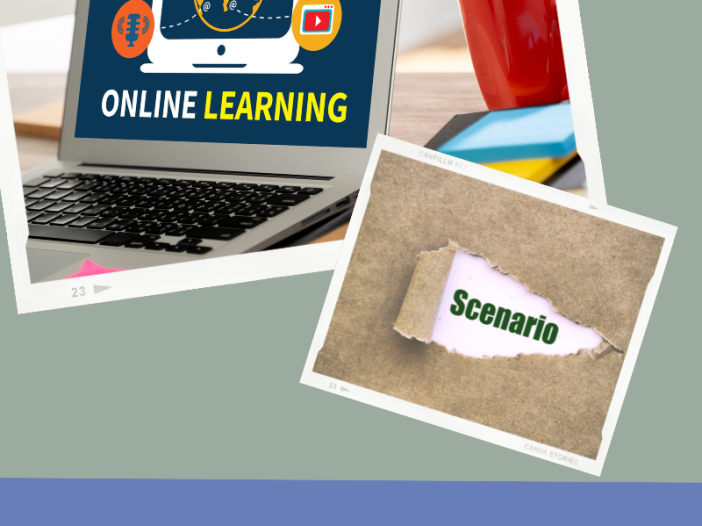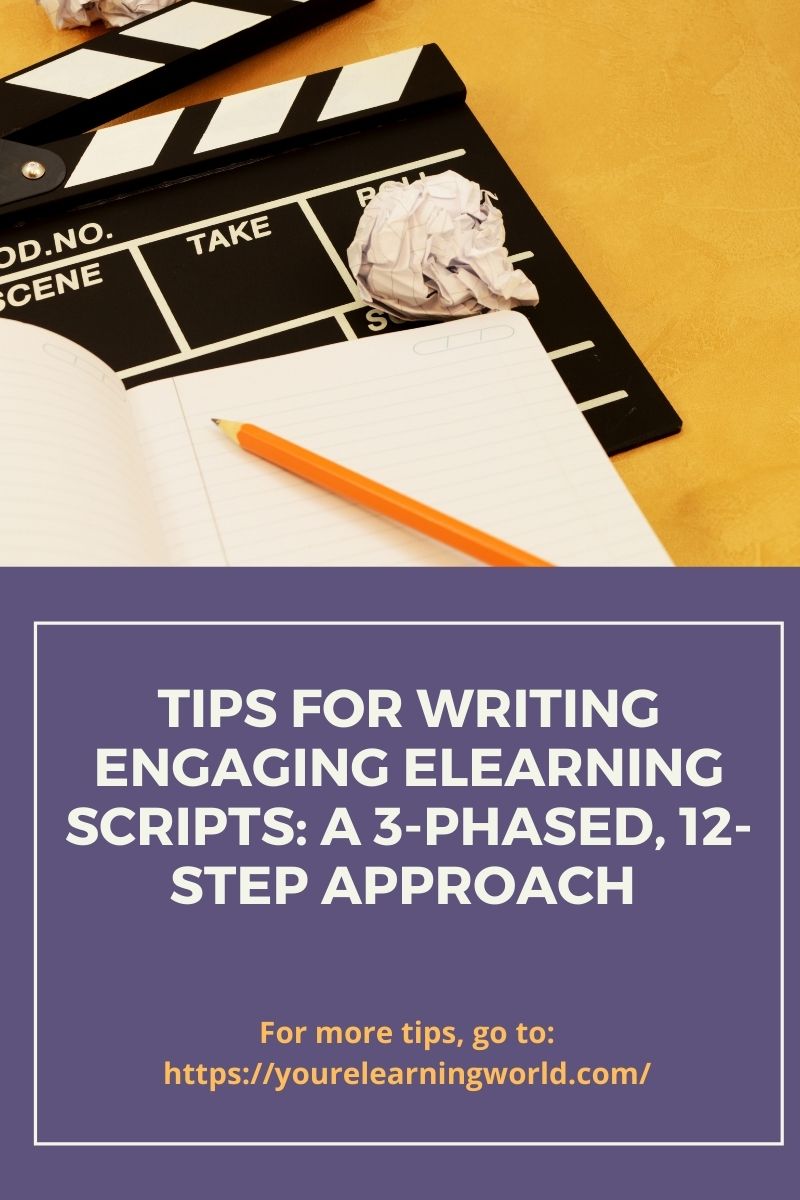Scenarios, as teaching aids, are one of the most powerful tools in the arsenal of eLearning course creators. When developed properly, Scenarios encourage critical thinking, help course attendees to learn by doing, stimulate learner emotion by linking them to specific outcomes, and give learners a way to practice what they’ve learned, and improve their level of understanding. When eLearning content requires participants to make important decisions, there’s no better tool than Scenarios to help accomplish that objective. But to do that, course builders must create effective scenarios. The genesis of an eLearning Scenario Before we share some expert tips and techniques for creating effective scenarios, let’s cover some scenario-writing basics. Don’t just start writing your scenarios! Before doing that, it’s important to know your audience, understand what the course is all about, and be clear about what you wish the scenario to accomplish. This knowledge will help you more … [Read more...] about 7 pro tips for creating effective eLearning scenarios
The ELearning Course Designer’s Blog
Top Tips for Writing Engaging eLearning Scripts: A 3-phased, 12-step approach
Powerful, engaging scripts are the glue that holds eLearning together. It’s true, that the quality of graphics and visual effects matters. But with a “lackluster” script in place, the bells and whistles of 3D images and flashy transition effects won’t entice your audience to come back for more. The challenge for most eLearning scriptwriters is that scripting courses is unlike writing a book or producing an essay. There’s a certain method to eLearning scriptwriting “madness”. Deviate too much from that method, and you’ll end up with scripts that are less than engaging. The Scriptwriting Process The secret to producing great eLearning scripts lies in following a tried-and-tested 3-phase approach to any scripting project. At the heart of that approach, is the Planning phase. That’s where you put on your thinking cap and envision what you’re going to do. Then, in the Execution phase, you bring that plan to life by putting your scriptwriting knowledge and skills to good use. Finally, once … [Read more...] about Top Tips for Writing Engaging eLearning Scripts: A 3-phased, 12-step approach
How To Conduct A Training Needs Analysis?
The ability to conduct a Training Needs Analysis is a skill set every eLearning professional needs. It helps an organization determine whether training is required and what should be the focus of the training. It also helps to understand if the organization’s performance is being impeded by something else. As such, let’s discuss Training Needs Analysis (TNA) in more detail. What Is A Training Need Analysis? Training Needs Analysis is a data-driven task done in the beginning phase of a learning project. Many organizations skip out on this phase because allotting extra time, resources, and budget can feel like a waste. In reality, it is crucial because it helps you determine the right training solution. As you conduct your analysis, you may also realize that training is not needed at all and recommend considering another intervention. So, what are some common questions/issues companies may need to solve? There could be organizational changes that the employees need to be aware of. … [Read more...] about How To Conduct A Training Needs Analysis?
How To Deal With Too Much Content In Your eLearning Course
One of the interesting realizations of working in eLearning is that not having enough content is rarely a cause of concern. The problem occurs mostly when it comes to having too much content and not knowing whether you need to cover everything or what content can be easily dropped. Knowledge has no end. When people are well-acquainted with something, it’s natural for them to pour it all out. What many SMEs don’t realize is that in an attempt to teach everything, the content can become overwhelming for the learner. If too many slides, images, and knowledge are packed into a single course, focusing on core content and, most importantly retaining the information becomes difficult. In the end, if learners can’t understand the actual message, retain the information, and transfer learning to the job, what’s the point of creating the course? This is where instructional designers come into play. It is our job to make genuine efforts to ensure our eLearning courses … [Read more...] about How To Deal With Too Much Content In Your eLearning Course
4 Tips for Creating Video-based Learning
While there are various ways of consuming online content, video-based learning has proved to be the most effective in driving learner engagement. eLearning videos are now forming a critical part of many eLearning courses. To an extent, they threaten the traditional learning system—but for a good reason. However, ELearning and instructional designers must exercise extra care when creating videos. The videos should offer learners convenience and the freedom to learn from anywhere. They should also be easy to scroll or pause and repeatedly forward to fully understand the content. Video-based learning has simplified the teaching/learning process regarding accessibility and comprehension of various subjects. However, creating powerful and effective videos is a pretty demanding process. Yet, it's what is required of ELearning designers. Let's take a deeper dive into how you can include various elements to create effective and captivating ELearning videos for your courses: Tip #1 Branching … [Read more...] about 4 Tips for Creating Video-based Learning
Top 5 eLearning Trends You Should Be On The Lookout For In 2022
In some ways, the eLearning market had no choice but to grow exponentially over the last two years. The pandemic made it clear that regardless of how long people would have to live trying to minimize contact with others, it’s a good idea to delegate anything online when you can. The promising $243 billion market projection from Statista certainly hints so. And as the attitude towards eLearning is changing, so is the realization that it’s not confined within online video classes and Learning Management systems anymore. Businesses need to prepare their employees through far more complex technology and tools. If you’re a business owner or someone in the eLearning industry in charge of preparing course content for businesses, you need to be intimately aware of the ever-evolving trends. Let’s look at the eLearning trends that are sure to stand out in 2022. 1 . Artificial Intelligence Significant strides have been made in the development of Artificial Intelligence. If put simply, it’s an … [Read more...] about Top 5 eLearning Trends You Should Be On The Lookout For In 2022






